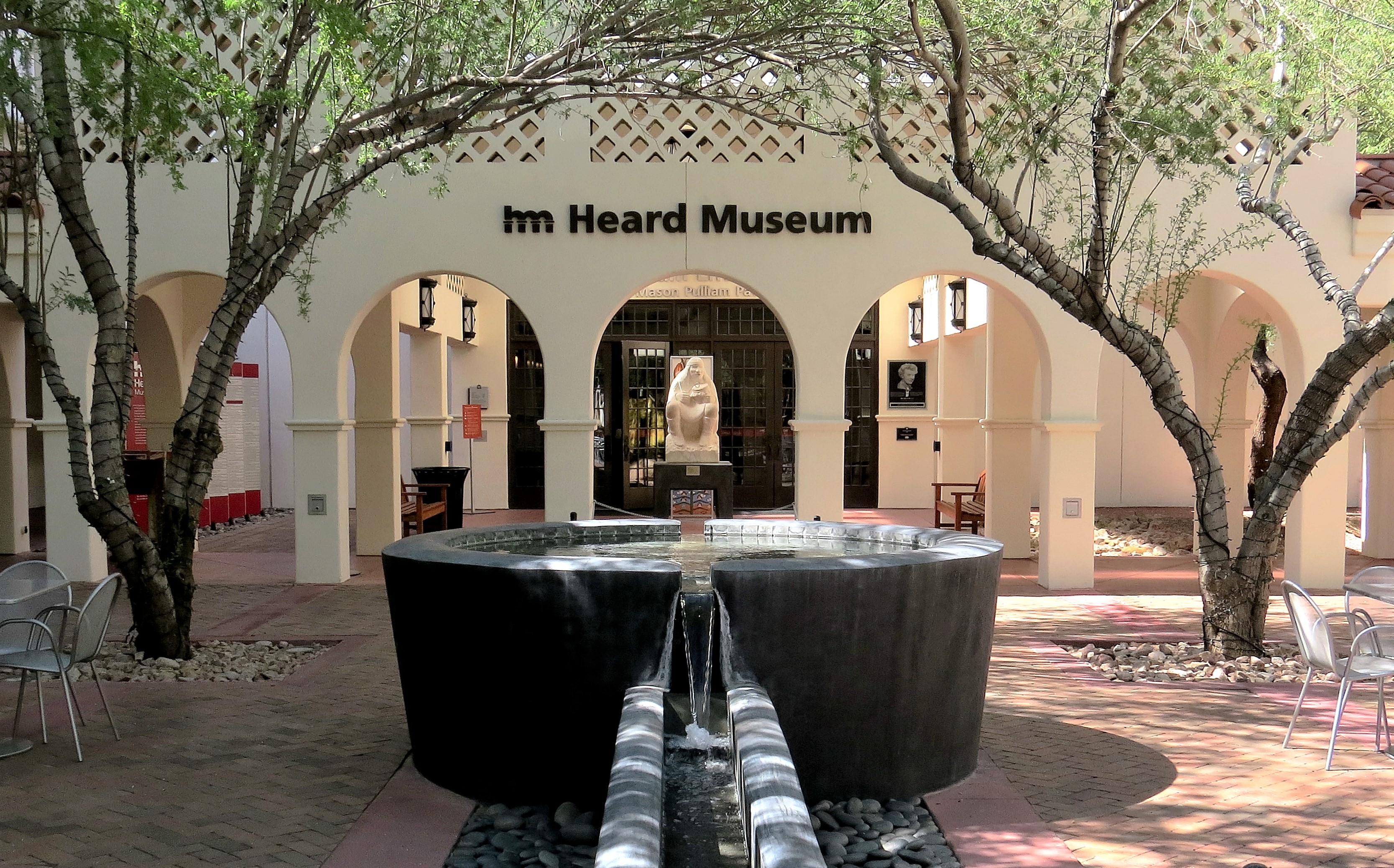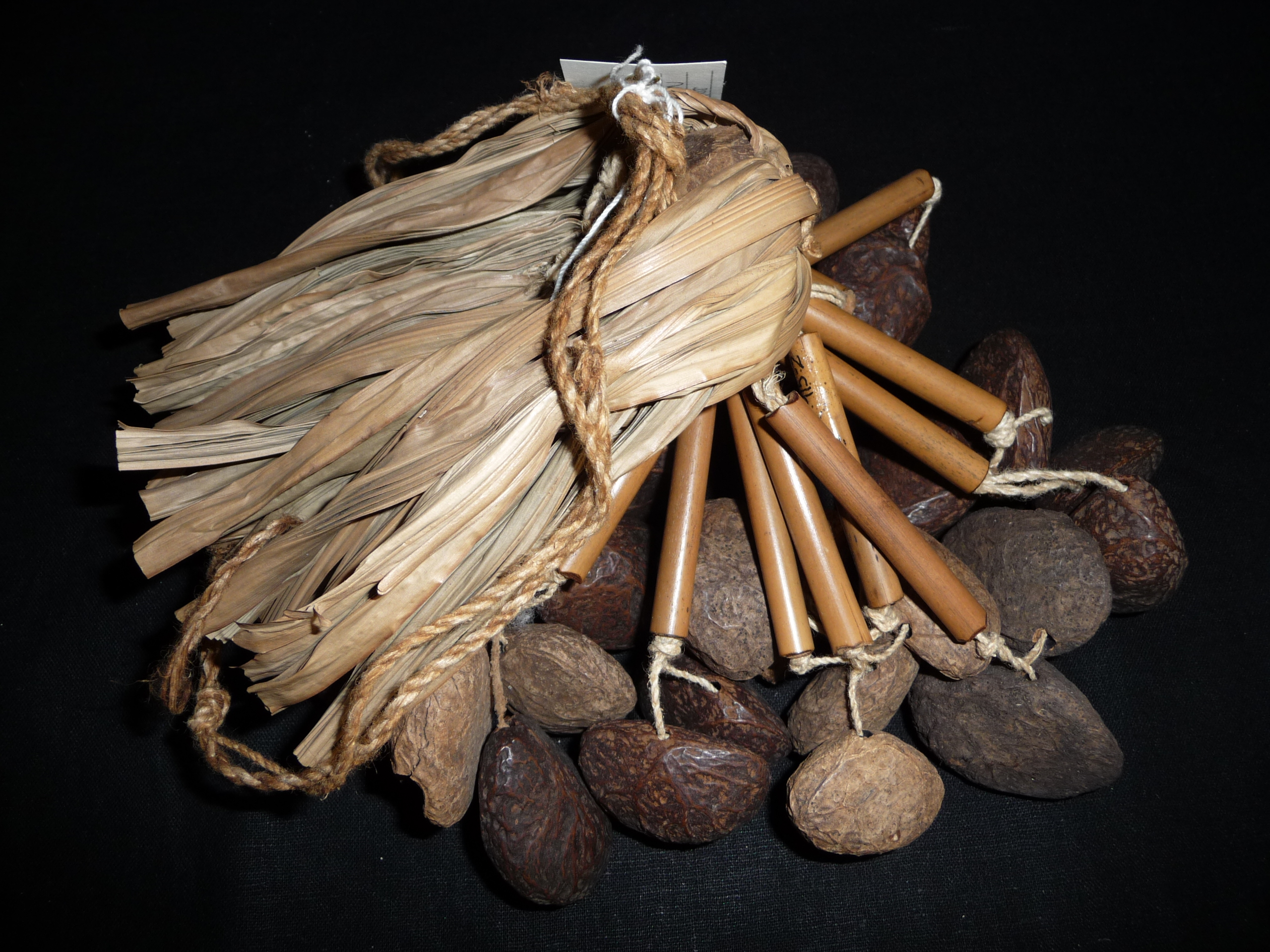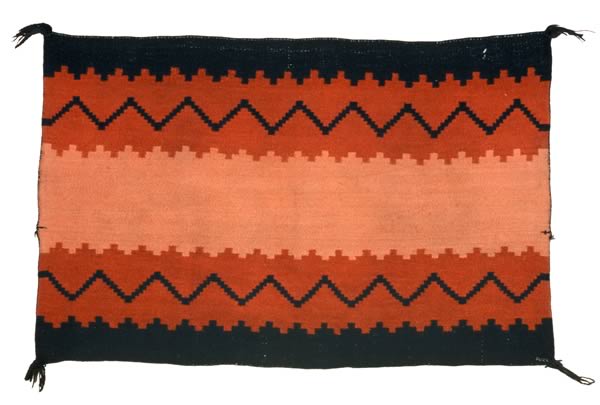|
Hopi Kachina Dolls
Hopi katsina figures ( Hopi language: or ), also known as kachina dolls, are figures carved, typically from cottonwood root, by Hopi people to instruct young girls and new brides about katsinas or ''katsinam'', the immortal beings that bring rain, control other aspects of the natural world and society, and act as messengers between humans and the spirit world. History and background Cultural context Hopi people live primarily on three mesas in northeastern Arizona, about 70 miles from Flagstaff. In Hopi cosmology, the majority of katsinas reside on the Humphreys Peak, approximately 60 miles west of the Hopi Reservation. Each year, throughout the period from winter solstice to mid-July, these spirits, in the form of katsinas, come down to the villages to dance and sing, to bring rain for the upcoming harvest, and to give gifts to the children. The katsinas are known to be the spirits of deities, natural elements or animals, or the deceased ancestors of the Hopi.Branson iv Pr ... [...More Info...] [...Related Items...] OR: [Wikipedia] [Google] [Baidu] |
Hopi Language
Hopi (Hopi: ) is a Uto-Aztecan language spoken by the Hopi people (a Puebloan group) of northeastern Arizona, United States. The use of Hopi has gradually declined over the course of the 20th century. In 1990, it was estimated that more than 5,000 people could speak Hopi as a native language (approximately 75% of the population), but only 40 of them were monolingual in Hopi. The 1998 language survey of 200 Hopi people showed that 100% of Hopi elders (60 years or older) were fluent, but fluency in adults (40–59) was only 84%, 50% in young adults (20–39), and 5% in children (2–19). Despite the apparent decline, Hopi and Navajo both are supported by bilingual education programs in Arizona, and children acquire the Native American languages as their first language. And more recently, Hopi language programs for children on the reservation have been implemented. Teaching and language revitalization efforts Many Hopi children are being raised in the language. A comprehensiv ... [...More Info...] [...Related Items...] OR: [Wikipedia] [Google] [Baidu] |
Heard Museum
The Heard Museum is a private, not-for-profit museum in Phoenix, Arizona, United States, dedicated to the advancement of American Indian art. It presents the stories of American Indian people from a first-person perspective, as well as exhibitions of traditional and contemporary art by American Indian artists and artists influenced by American Indian art. The Heard Museum collaborates with American Indian artists and tribal communities on providing visitors with a distinctive perspective about the art of Native people, especially those from the Southwest. The Heard Museum's mission is to be "the world's preeminent museum for the presentation, interpretation and advancement of American Indian art, emphasizing its intersection with broader artistic and cultural themes." The main Phoenix location of the Heard Museum has been designated as a Phoenix Point of Pride. The museum operated the Heard Museum West branch in Surprise which closed in 2009. The museum also operated the Heard ... [...More Info...] [...Related Items...] OR: [Wikipedia] [Google] [Baidu] |
Flint Corn
Flint corn ('' Zea mays'' var. ''indurata''; also known as Indian corn or sometimes calico corn) is a variant of maize, the same species as common corn. Because each kernel has a hard outer layer to protect the soft endosperm, it is likened to being hard as flint; hence the name. The six major types of corn are dent corn, flint corn, pod corn, popcorn, flour corn, and sweet corn. History With less soft starch than dent corn ('' Zea mays indentata''), flint corn does not have the dents in each kernel from which dent corn gets its name. This is one of the three types of corn cultivated by Native Americans, both in New England and across the northern tier, including tribes such as the Pawnee on the Great Plains. Archaeologists have found evidence of such corn cultivation in what is now the United States before 1000 BC. Corn was originally domesticated in Mexico by native peoples about 9,000 years ago. They used many generations of selective breeding to transform a wild teosin ... [...More Info...] [...Related Items...] OR: [Wikipedia] [Google] [Baidu] |
Shepherd's Crook
A shepherd's crook is a long and sturdy stick with a hook at one end, often with the point flared outwards, used by a shepherd to manage and sometimes catch sheep. In addition, the crook may aid in defending against attack by predators. When traversing rough terrain, a crook is an aid to balance. Shepherds may also use the long implement to part thick undergrowth (for example at the edge of a drovers' road) when searching for lost sheep or potential predators. Symbolic use The innovation of a hook facilitates the recovery of fallen animals by ensnaring them by the neck or leg. For this reason the crook has been used as a religious symbol of care (particularly in difficult circumstances), including the Christian bishop's crosier. In medicine, the term shepherd’s crook is used to describe a right coronary artery that follows an unusually high and winding route. This variant, which has a prevalence of about 5%, imposes technical problems in angioplasty procedures. The ... [...More Info...] [...Related Items...] OR: [Wikipedia] [Google] [Baidu] |
Douglas Fir
The Douglas fir (''Pseudotsuga menziesii'') is an evergreen conifer species in the pine family, Pinaceae. It is native to western North America and is also known as Douglas-fir, Douglas spruce, Oregon pine, and Columbian pine. There are three varieties: coast Douglas-fir (''P. menziesii'' var. ''menziesii''), Rocky Mountain Douglas-fir (''P. menziesii'' var. ''glauca'') and Mexican Douglas-fir (''P. menziesii'' var. ''lindleyana''). Despite its common names, it is not a true fir (genus ''Abies''), spruce (genus '' Picea''), or pine (genus '' Pinus''). It is also not a hemlock; the genus name ''Pseudotsuga'' means "false hemlock". Description Douglas-firs are medium-size to extremely large evergreen trees, tall (although only ''Pseudotsuga menziesii var. menziesii'', common name coast Douglas-firs, reach heights near 100 m) and commonly reach in diameter, although trees with diameters of almost exist. The largest coast Douglas-firs regularly live over 500 years, with the ... [...More Info...] [...Related Items...] OR: [Wikipedia] [Google] [Baidu] |
Gourd
Gourds include the fruits of some flowering plant species in the family Cucurbitaceae, particularly ''Cucurbita'' and '' Lagenaria''. The term refers to a number of species and subspecies, many with hard shells, and some without. One of the earliest domesticated types of plants, subspecies of the bottle gourd, ''Lagenaria siceraria'', have been discovered in archaeological sites dating from as early as 13,000 BCE. Gourds have had numerous uses throughout history, including as tools, musical instruments, objects of art, film, and food. Terminology ''Gourd'' is occasionally used to describe crop plants in the family Cucurbitaceae, like pumpkins, cucumbers, squash, luffa, and melons. More specifically, ''gourd'' refers to the fruits of plants in the two Cucurbitaceae genera '' Lagenaria'' and ''Cucurbita'', or also to their hollow, dried-out shell. There are many different gourds worldwide. The main plants referred to as gourds include several species from the genus ''Cucurbi ... [...More Info...] [...Related Items...] OR: [Wikipedia] [Google] [Baidu] |
Rattle (percussion Instrument)
A rattle is a type of percussion instrument which produces a sound when shaken. Rattles are described in the Hornbostel–Sachs system as ''Shaken Idiophones or Rattles (112.1)''. According to Sachs, Rattles include: * Maracas, widely used in Cha Cha Cha and jazz. ** Chac-chac, as known in Trinidad, Dominica and the French Antilles. * The egg-shaped plastic chicken shake, filled with steel shot and available in varying tones depending on the size and quantity of shot. * Folk instruments especially used in ceremonial dance. * Toy rattles for infants. Though there are many different sorts of rattles, some music scores indicate simply a rattle (or the corresponding terms French ''claquette'', ''hochet''; Ger. ''Rassel'', ''Schnarre''; It. ''nacchere''). Examples * Chankana * Ganzá * Hosho * Maracas * Maracitos * Katsa * Chajchas * Rainstick * Kashaka History In Ancient Egypt, rattles were used during funerary rituals to signify regeneration in the after-l ... [...More Info...] [...Related Items...] OR: [Wikipedia] [Google] [Baidu] |
Manta (dress)
A manta is a rectangular textile that was worn as a blanket or as a wrap-around dress.Sublette, Mark''Navajo Textiles.'' Retrieved 20 March 2012. When worn as a dress, the manta is held together by a woven sash. Mantas are worn by such indigenous peoples as the Navajo, Hopi, and Pueblo peoples. Today they are worn during important ceremonies, such as weddings, ''Penn Museum: Juncanoo Exhibit.'' Retrieved 20 March 2012. dances, and feast days See also * Navajo weaving *Serape
The serape or jorongo is a lo ...
[...More Info...] [...Related Items...] OR: [Wikipedia] [Google] [Baidu] |
Regalia
Regalia is a Latin plurale tantum word that has different definitions. In one rare definition, it refers to the exclusive privileges of a sovereign. The word originally referred to the elaborate formal dress and dress accessories of a sovereign, but now the word usually refers to any type of elaborate formal dress and dress accessories. The word stems from the Latin substantivation of the adjective ''regalis'', "regal", itself from ''rex'', "king". It is sometimes used in the singular, ''regale''. In the abstract The term can refer to the rights, prerogatives, and privileges that are held exclusively by any sovereign, regardless of title (emperor, grand duke, etc.). An example of that is the right to mint coins, and especially coins that bear one's own effigy. In many cases, especially in feudal societies and generally weak states, such rights have in time been eroded by grants to, or usurpations by, lesser vassals. Royal dress, accessories, and associated pomp Some e ... [...More Info...] [...Related Items...] OR: [Wikipedia] [Google] [Baidu] |
Kachina Dolls
A kachina (; also katchina, katcina, or katsina; Hopi: ''katsina'' , plural ''katsinim'' ) is a spirit being in the religious beliefs of the Pueblo peoples, Native American cultures located in the south-western part of the United States. In the Pueblo cultures, kachina rites are practiced by the Hopi, Zuni, Hopi-Tewa, and certain Keresan tribes, as well as in most Pueblo tribes in New Mexico. The kachina concept has three different aspects: the supernatural being, the kachina dancers, and kachina dolls (small dolls carved in the likeness of the kachina, that are given only to those who are, or will be responsible for the respectful care and well-being of the doll, such as a mother, wife, or sister). Overview Kachinas are spirits or personifications of things in the real world. These spirits are believed to visit the Hopi villages during the first half of the year. The local pantheon of kachinas varies from pueblo community to community. A kachina can represent anything ... [...More Info...] [...Related Items...] OR: [Wikipedia] [Google] [Baidu] |
Horsehair
Horsehair is the long hair growing on the manes and tails of horses. It is used for various purposes, including upholstery, brushes, the bows of musical instruments, a hard-wearing fabric called haircloth, and for horsehair plaster, a wallcovering material formerly used in the construction industry and now found only in older buildings. Horsehair can be very fine and flexible; mane hair is generally softer and shorter than tail hair. The texture of horsehair can be influenced by the breed and management of the horse, including natural conditions such as diet or climate. Processing may also affect quality and feel. Horsehair is a protein fiber that absorbs water slowly, but can be dyed or colored effectively using traditional dyes suitable for protein fibers. It can be felted, but not easily. Uses Horsehair fabrics are woven with wefts of tail hair from live horses and cotton or silk warps. Horsehair fabrics are sought for their lustre, durability and care properties ... [...More Info...] [...Related Items...] OR: [Wikipedia] [Google] [Baidu] |
Husk
Husk (or hull) in botany is the outer shell or coating of a seed. In the United States, the term husk often refers to the leafy outer covering of an ear of maize (corn) as it grows on the plant. Literally, a husk or hull includes the protective outer covering of a seed, fruit, or vegetable. It can also refer to the exuvia of insects or other small animals left behind after moulting. In cooking, hull can also refer to other waste parts of fruits and vegetables, notably the cap or sepal of a strawberry. The husk of a legume and some similar fruits is called a pod. Husking and dehulling Husking of corn is the process of removing its outer layers, leaving only the cob or seed rack of the corn. Dehulling is the process of removing the hulls (or chaff) from beans and other seeds. This is sometimes done using a machine known as a huller. To prepare the seeds to have oils extracted from them, they are cleaned to remove any foreign objects. Next, the seeds have their hulls, ... [...More Info...] [...Related Items...] OR: [Wikipedia] [Google] [Baidu] |

.jpg)





